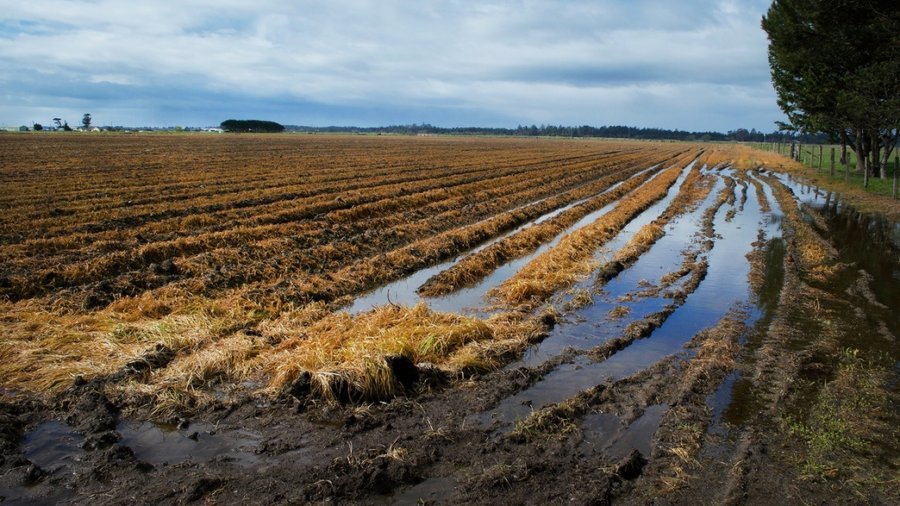“It’s a toxic soup in there.”—NMFS fisheries biologist In April 2024, Siskiyou Land Conservancy released a comprehensive report that documents forty years of complicity by the state of California in the pesticide contamination of the Smith River estuary, in the far northwestern corner of California. Pesticide use now threatens the ongoing survival of at least Read more
Reports
In 2020 Lane Devries, President and CEO of Arcata-based Sun Valley Floral Farms, made a commitment to Siskiyou Land Conservancy to abandon use of the carcinogenic herbicide glyphosate (aka Roundup), which the company uses to prepare the fields for planting. This month Siskiyou Land Conservancy learned that Sun Valley violated this agreement by spraying Roundup on a large field on Seidel Road, in the Arcata Bottom.
In late 2016 Siskiyou Land Conservancy released our Smith River Community Health Assessment, which clearly demonstrates that pesticides used in the cultivation of Easter lily bulbs in, Del Norte County, are impacting the health of people who live in the small town of Smith River.
Reviewing reports issued by the California North Coast Regional Water Quality Control Board will get a person quickly into the weeds of what’s really going on at the Smith River estuary. Suffice it to day that, given the Smith River’s status as one of the cleanest rivers in the world and its national importance as Read more
Since 2011 the California Department of Fish and Wildlife has been surveying the Smith River watershed the determine the extent of coho salmon populations and their habitat. This work is unprecedented and has demonstrated the importance of the Smith River estuary in maintaining coho populations not only in the Smith River, but throughout California and Read more
Easter lily farmers in Smith River use an enormous amount of “bad actor” pesticides to grow their crops. These are chemicals that have demonstrated significant adverse impacts to the environment, and to human populations. The first document below is a list of pesticides used in Smith River and their impacts to humans and the environment Read more
In 2002 the Smith River Project, predecessor of Siskiyou Land Conservancy, commissioned the Center for Ethics and Toxics to conduct an evaluation of the extent of pesticide use by Easter lily farmers on bottom lands surrounding the Smith River estuary. CETOS also set out to analyze the potential impacts of these pesticides on the biological Read more
The written information about the Smith River watershed is as important as it is exhaustive. The following information has been generated by state, federal, private and non-profit organizations. Most of the following information focuses on the Smith River estuary. However some material — such as the state of California’s first-ever survey of the Smith River’s Read more





